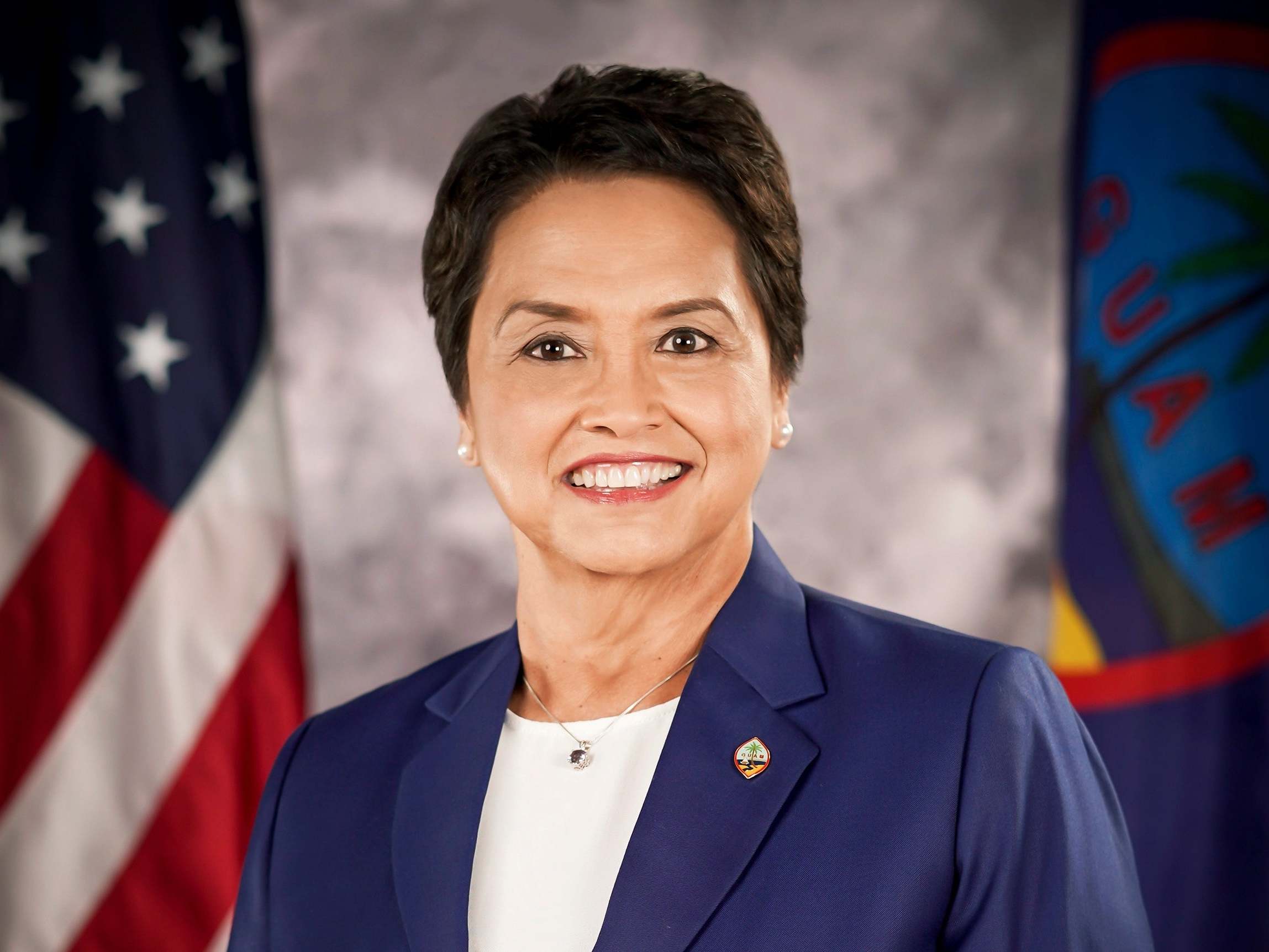Guam’s first female governor battles for better abortion access in heavily Catholic US territory
Pacific island allows abortions but no doctors have been willing to perform them since 2018

Your support helps us to tell the story
From reproductive rights to climate change to Big Tech, The Independent is on the ground when the story is developing. Whether it's investigating the financials of Elon Musk's pro-Trump PAC or producing our latest documentary, 'The A Word', which shines a light on the American women fighting for reproductive rights, we know how important it is to parse out the facts from the messaging.
At such a critical moment in US history, we need reporters on the ground. Your donation allows us to keep sending journalists to speak to both sides of the story.
The Independent is trusted by Americans across the entire political spectrum. And unlike many other quality news outlets, we choose not to lock Americans out of our reporting and analysis with paywalls. We believe quality journalism should be available to everyone, paid for by those who can afford it.
Your support makes all the difference.Lourdes Leon Guerrero vigorously defended abortion rights as she campaigned to become the first female governor of Guam. She won, but now no doctors are willing to perform the procedure she fought so hard to defend.
The last abortion provider in the heavily Catholic US territory retired in May 2018. That is forcing women seeking to end their pregnancies to fly thousands of miles from the remote Pacific island — a costly and sometimes prohibitive step.
"I truly believe that women should have control of their bodies," Ms Guerrero, a former nurse, told The Associated Press in a phone interview on Thursday. "I'm very sad and very nervous about what's happening across the nation."
Several conservative states like Alabama and Missouri have passed tough abortion restrictions as they take aim at the 1973 Roe v Wade ruling that legalised abortion across the United States.
Guam's law, which Ms Guerrero described as "very restrictive," allows abortion, but doctors also have the legal right to deny services unless it is a medical emergency.
Abortions are allowed within 13 weeks, but anyone who terminates a pregnancy without help from a doctor can be charged with a felony.
Ms Guerrero said she believes that doctors in Guam would still perform abortions if a woman's life were in danger, but she is concerned that other women will be forced to seek illegal or dangerous alternatives.
"That's my fear," she said. "I'm concerned about it going underground because then we can't really control it, we can't really monitor, we can't really make sure that the women are doing it in an environment that is conducive to a healthy recovery."
The governor said officials are trying to recruit doctors to come to the island and establish clinics. She said anti-abortion protesters are active on the island but they are peaceful and she does not believe doctors fear for their safety.
"Doctors here, I think, are reluctant because of the Catholic community, I think they're reluctant because they don't want to be in the controversy," she said.
Ms Guerrero asked voters during the campaign last year if they support abortion, and many do despite about 80 per cent of Guam's 165,000 residents being Catholic, she said.
Her opponent disagreed.
"Life begins at conception, period. ... We must protect every life," former lieutenant governor Ray Tenorio said during a debate, the Pacific Daily News reported.
The other US territories in the Pacific — American Samoa and the Northern Mariana Islands — both prohibit abortions except in very limited circumstances. All territories are partially self-governing but still under federal rule.
While Hawaii, a nearly eight-hour flight from Guam, is the closest US state for a legal abortion, there have only been a handful of Guam women treated since last year, and none for an elective procedure, said Dr Bliss Kaneshiro, an obstetrician-gynaecologist and University of Hawaii professor.
"It's a big problem. Abortion care is basically reproductive health care — we know that many women will need an abortion during the course of their reproductive years," Ms Kaneshiro said. "We know that making abortion inaccessible doesn't eliminate it, it forces women to seek unsafe measures to end a pregnancy."
She said, to her knowledge, all those who have come from Guam are "women with desired pregnancies where there are severe anomalies that have prompted their decision to terminate their pregnancies."
"It's really quite a small number," she said. "I would say over the course of the past six months, we have seen two or three patients."
But Ms Kaneshiro and her colleagues have heard about "many patients" on Guam needing abortion services.
"Some of the doctors on Guam will contact us about patients," she said. But "it requires a lot of financial resources for (the women) to come to Hawaii to get that care, and so not all of them end up actually coming here."
Even in Hawaii, the island of Kauai has no abortion providers, forcing most women to fly to Oahu or Maui, and the Big Island only recently began offering services, Ms Kaneshiro said.
Hawaii was the first state to approve a programme in which doctors can mail abortion medications to patients so they do not have to travel, she said.
But Guam law prevents doctors from mailing the medicine because the territory requires patients to have an in-person counselling session with a doctor or psychologist.
In a recent court case, a Guam man was charged with raping and impregnating an 11-year-old girl, who will have to go through with her pregnancy, Jayne Flores, director of the Bureau of Women's Affairs, told the Pacific Daily News.
A message left with Guam's archdiocese was not immediately returned. A call to the clinic where abortions were previously performed was not answered.
Associated Press
Join our commenting forum
Join thought-provoking conversations, follow other Independent readers and see their replies
Comments